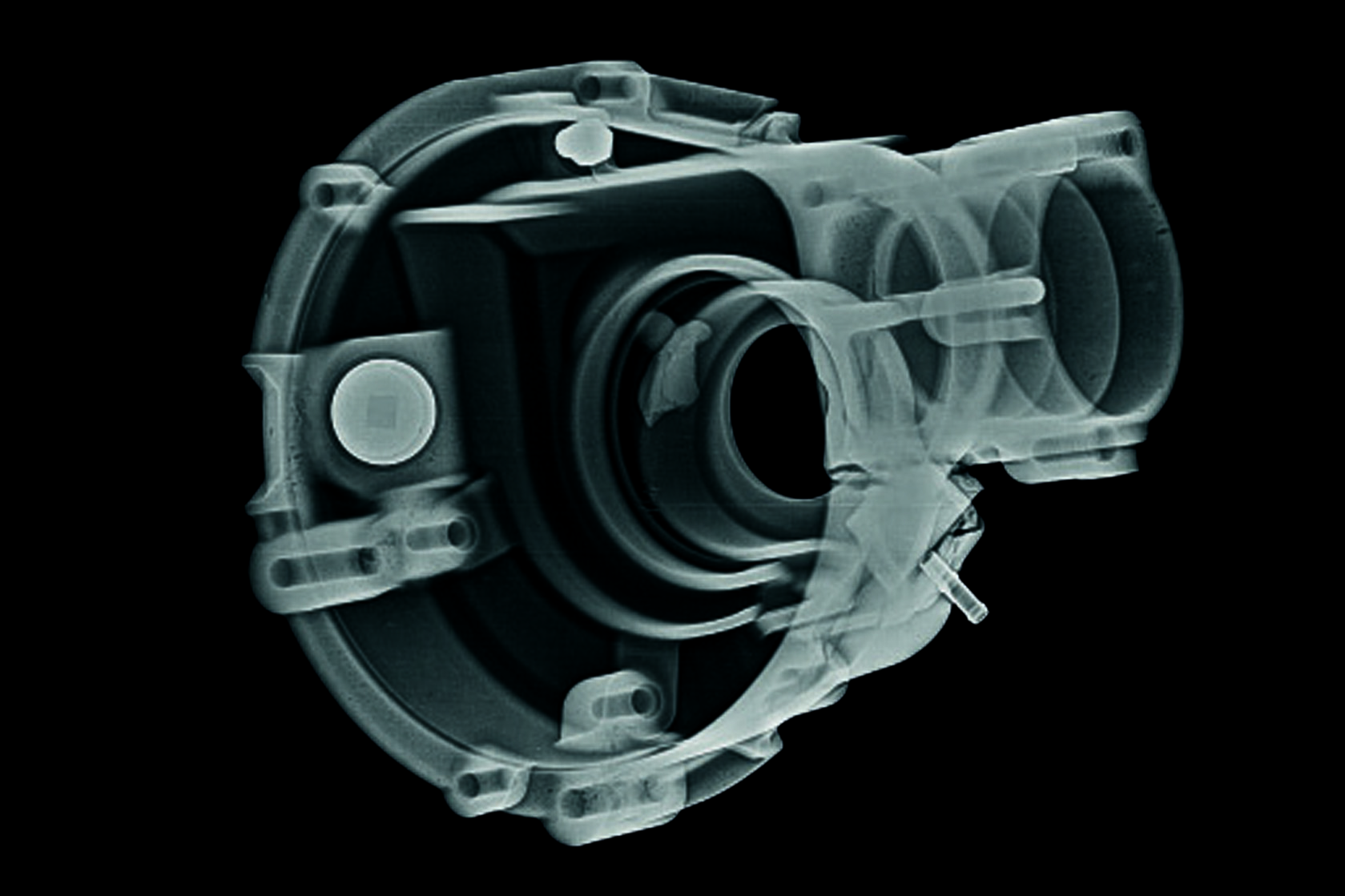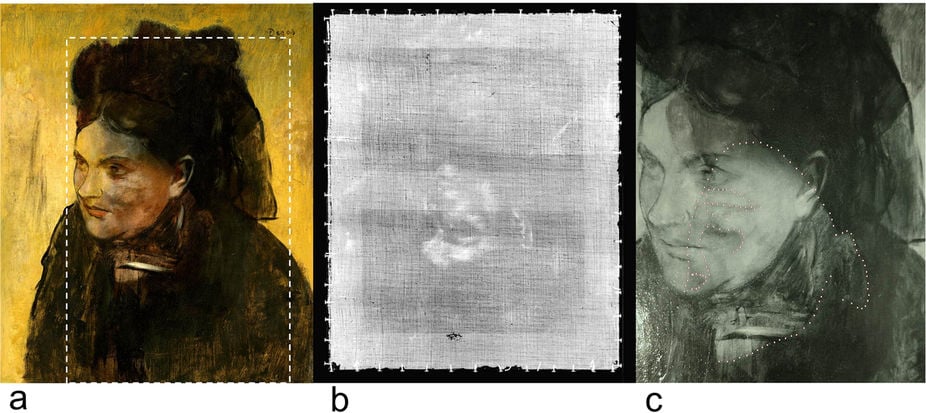Non Destructive Testing Of Plastics & Electronics Using Radiography Equipment

The use of radiography as a means of conducting in-depth examinations below the surface of materials without any negative impact has significant benefits in many different applications, including the fields of medicine, industry and the arts.
Take the recent revelation that a powerful high-definition X-ray technique had found what researchers had long suspected but never been able to confirm – that the French impressionist artist, Edgar Degas did actually paint his famed ‘Portrait of a Woman’ over another painting way back in the late 1800s.
The X-ray technique not only found the hidden portrait concealed beneath the priceless painting, but it was so successful that the scientists were not only able to see the details of the entire hidden image but also its evolution.
Image from Nature – https://www.nature.com/articles/srep29594
This ability to identify things hidden beneath the surface without sacrificing the part or material under test has led to the rising prominence of radiography as an important non-destructive testing method. Improved test methods and more widespread use of polymeric materials have contributed to radiography’s status as a reliable and accurate way of inspecting numerous types of plastic, silicon, microchips, rubber and electronics for hidden defects and imperfections.
Manufacturers like the process because it provides quality assurance without damaging or destroying the samples, and customers like the process because they get industry-approved, documented evidence that the products meet their specifications.
There are two methods of radiographic inspection, namely Conventional Radiography using film (XR) and Computed Radiography with digital results (CR).
As the names suggest, the images produced from XR are in the form of a fine grain industrial exposed film which serves as a permanent record of the test. If stored appropriately, these films can be used as a reference point for many years and can even be re-radiographed to improve their quality.
With CR, a digital file is created instead of a film and results are viewed on a high resolution screen. There are many advantages to this method including the fact that the images don’t degrade over time, very limited storage is required (images are on disc or stored on a hard drive) and access to the information is quick and easy. What’s more, images can be transferred or shared if required. Another benefit is that it’s easy to manipulate the images to facilitate closer inspection such as increasing the contrast or exposure and zooming into areas of interest.
In a nutshell, radiographic inspection is reliable, accurate and repeatable and its low power requirements and rapid results make it an effective choice when it comes to non-destructive testing of plastics and electronics.
For example, a manufacturer which produces large volumes of plastic customised injection mouldings could use either of the two X-ray techniques to ensure 100% compliance to stringent quality standards. The non-invasive testing would detect any abnormalities, voids or defects without damaging any parts, plus it can be conducted at any stage of the manufacturing or assembly process.
When it comes to testing electronics, let’s look at why radiography is such a valuable non-destructive testing method. Many electronic components (for example transformers, receivers, semi conductors etc) have complex internal structures and X-ray testing gives customers absolute confidence that there are no foreign contaminants or defects hidden beneath the casing. It also provides a clear layout of the internal layout of the part. CR radiography is also especially useful in industries such as electronics where traceability is a key consideration as it doesn’t require human intervention and results can be independently generated to validate traceability. Moreover, digital images can be easily and quickly transferred and shared which is often a key requirement of this industry.
At a glance, here are the main benefits of radiography for testing plastics and electronics:
- Quick
- Highly accurate
- Reliable
- Low power requirements
- Flexible
- Repeatable
- Long-term preservation of results
Radiographic equipment clearly provides a valuable means of testing and proofing plastic and electronic components and delivers benefits to both the manufacturer and to the customer.
View our range of radiographic equipment here.

